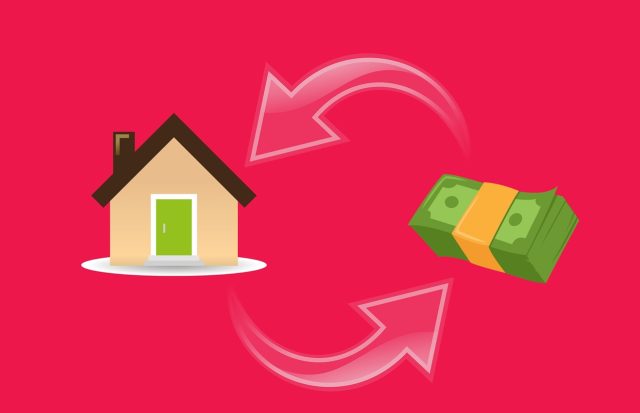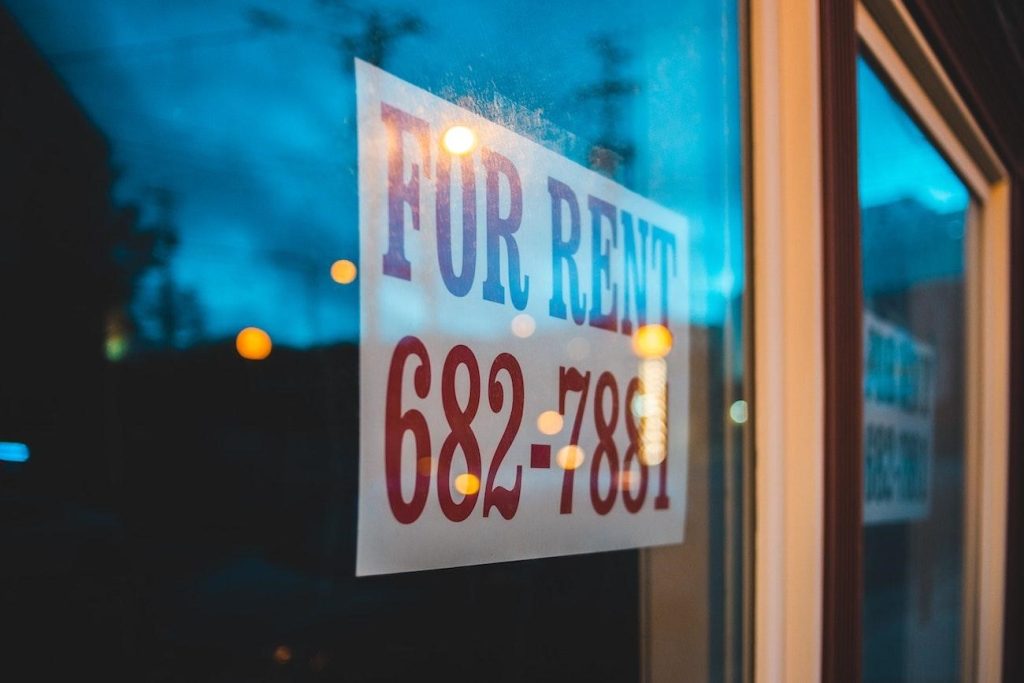
Buying a property to let is a great way to invest and secure an ongoing income stream.
However, the Revolution Brokers team often hears from landlords stuck finding a great rate on remortgaging or being turned down for their first buy-to-let property.
There are some significant differences between a standard residential mortgage and a buy to let mortgage, so let’s clarify all the things you need to do to make your foray into the world of property investment a successful one.

How Are Buy to Let Mortgages Different?
Buy to let mortgages are different products from a typical residential loan. You can only apply for a standard mortgage if you plan to live in the property as a personal residence.
Rental mortgages are more expensive since mortgage lenders see the risk as higher, with the potential for vacancies and rent collection challenges.
Usually, buy to let mortgage terms look a little like this:
- Deposit values start from 25%. They often go up to around 40%, depending on the value of the property and the projected rental income.
- Arrangement fees are also higher, generally up to 3.5% of the property value as a maximum.
- Most BTL mortgages are interest-only. Therefore, you only pay the monthly interest and maximise your ongoing profit.
Given that a buy to let mortgage isn’t usually repaid during the term, you need to repay the original capital borrowed in full at the end.
Most landlords will sell the property or remortgage and retain their investment assets.
Essential Considerations When Applying for a Buy to Let Mortgage
UK buy to let lenders offer a massive range of mortgages, and the interest costs will depend on how much you borrow, your property’s rental value, and your financial circumstances.
Some of the typical buy to let mortgage types include:
- Fixed-rate deals – often between two and five years. Your monthly interest is fixed for the term, meaning your payments will remain static. Rates are usually a bit higher than variable rates, and if interest rates drop, you won’t benefit but will have the assurance of a stable interest charge.
- The standard variable rate (SVR) is the lender’s default rate and is usually the most expensive. If you end a fixed rate deal and switch to SVR, finding a more competitive product is often worth remortgaging.
- Tracker mortgages – a tracker mortgage takes the Bank of England base rate and adds a certain amount of interest to arrive at your monthly charge. That means your rates will go up or down.
- Discounted variable rates – this type of buy to let mortgage works on the SVR, with a fixed discount. For example, on a 5% SVR with a -1% discount rate, you’ll pay 4% interest. As the SVR falls or increases, so will your discounted variable rate interest charge.
Other Fees Associated With a Buy to Let Mortgage
Mortgage interest is just one of the many monthly expenses associated with managing an investment property.
New landlords should always ensure they are budgeting carefully for ongoing maintenance costs.
Fees to work into your calculations are:
- Letting agent fees if you’re using an agency to manage your property.
- Landlord’s insurance, including buildings cover, contents and liability.
- Tax obligations charged on your rental profits.
- Capital gains tax if you come to sell – usually 18% or 28% if you’re a higher rate taxpayer.
- Stamp Duty – there is an additional 3% Stamp Duty chargeable on second homes.
- Maintenance costs, such as fixing boilers, dealing with leaks and repairing appliances.
Missed or late tenant payments are another cost factor since it’s unlikely that tenants will occupy the property 100% of the time or that a tenant won’t fall behind occasionally with their rent.
It’s wise to have a contingency to ensure you have the liquidity to keep up with your buy to let mortgage interest even if your rental property is empty or a tenant is in arrears.
How Big a Mortgage Can I Get on a Buy to Let Property?
The amount you can apply for on a BTL mortgage depends heavily on the anticipated rental income.
Lenders will look at the projected interest charge and want to see a rental income of 125%, 145% or 160% of that cost, depending on which tax bracket you fall into.
You can predict your rental income by looking at comparable properties in the local area. However, a lender will usually still require a surveyor to provide an independent valuation for mortgage purposes.
For example, if your mortgage interest costs £600 a month, your lender will need to see a rental income capacity of £750 a month to justify the lending.
Loan to Value (LTV) ratios also come into play. They calculate the amount you’re borrowing against the property’s value – the difference is your deposit.
What Happens at the End of a Buy to Let Mortgage Term?
When you reach the end of an interest-only mortgage, you’ll need to pay back the original amount borrowed.
Landlords often sell the property and claim a profit since the value has likely increased since the original purchase.
There can be issues if property prices have fallen and the current value is lower than the amount owing, so it’s wise to be cautious about investing in a property until you’ve done market research.
How to Find the Best Buy to Let Mortgage Deals
The best way to find a competitive buy to let mortgage offer is to work with a skilled broker.
Revolution has years of experience working with landlords of all sizes, matching each borrowing requirement to a lender who can accept their application.
Our whole-of-market teams scour the UK lending market to find optimal deals, negotiating with lenders to ensure you achieve the lowest interest rates possible.
Give us a call on 0330 304 3040 or email the Revolution team at info@revolutionbrokers.co.uk for more information about any aspect of buy to let mortgage borrowing or to get your application started.













